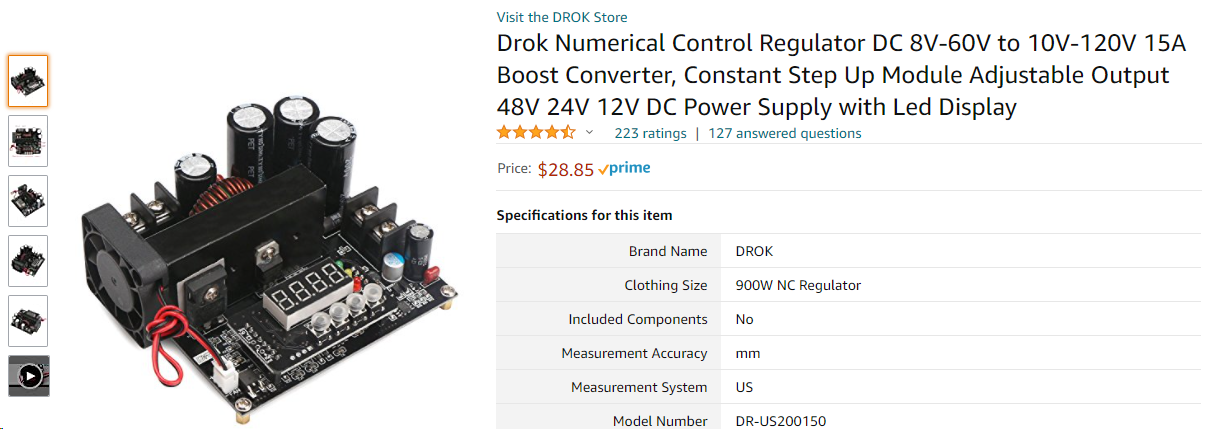Not necessarily
Potential differential U, aka Voltage of a part, is not to be ignored: a 24 V part needs only 24 V, not 36 V. A 12 V heartbeat is only safe for 12 V. There is a little tolerance for those measurements, but rule of thumb is about 10-15% of the rated voltage, so a 12 V bed should not be operated at more than 13.8 V for an extended period.
What actually facilitates heating is the Current I aka Amperage going through an item, as the formula for the Work Ph (dissipated in the shape of heat) of the electric resistance R is $P_h=R I^2$.
As long as you stay below or at the maximum rated Power Pr or Wattage of the heating pad $P_r=U I$, you can increase the Current up to the limit of $\frac {P_r} U=I$. On the bench, with a regulated power supply, we can use that to get a perfect, maximum output as we want it. But the printer isn't a bench with an expensive PSU, we get only something akin to 12 V out of it, so... what to do?
DON'T route in extra Power!
Yea, in DC circuits we can just add batteries behind one another to get twice the Voltage and push a circuit. Or we can put them in parallel, to sum up the current. But that doesn't work just as straightforward in AC circuits (phase shift between parts has to be taken into account). And routing in an extra pair of wires providing 12 V into an already 12 V part would get us something in the order of 24 V and fry the part. You'd accomplish nothing more than turn your heated bed into a fire hazard or a hunk of scrap!
So straight routing in another 12 V on top of what is rated? NOPE!
Unhooking from the same PSU?
Some printers unhook the bed from the board's PSU, running a (differently) regulated power source. In the best case, it's set up to a Voltage/Current pair that maximizes the bed's heating. In such a setup, the whole heating power runs through a MOSFET that acts as a switch: A signal comes from the board to the MOSFET to allow current to flow. No signal on the Gate of the MOSFET leads to no current reaching the bed and no heating.
However, that is a complicated setup - yet one of the only ways how a "mains voltage bed heater" can be done with a board that runs on 5 V. You also will have to route the high power through a properly rated set of wires and connectors. These thicker wires will need proper strain relief as they need larger bending radii than what is installed before. In other words: you need to know what you do!
Finetuning the power supply to the bed!
In many printers, there's also a less invasive method to finetune the power curve of a bed. usually, there is a Potentiometer that is used to tune the output of the heating wires. Altering the potentiometer's setting with a screwdriver results in the output voltage shifting. $U=R I$ does not change when flipping to AC but U and I became wave functions instead of constants. However, R of a long wire (such as a bed) does depend only on the frequency of the signal and not on either the current nor the driving potential, we can assume R to be constant. So, we know we want to maximize I². So what can we do easily?
A 24 V heatbed has something in the order of 2 Ω and accompanied mainboard in my Ender3 is - according to the labeling - good for about 13 A on the bed output, while a typical 12 V bed runs in the order of 1.2 Ω while such boards typically are limited to 10-11 A. $U= RI$ to the resuce and... Voila: For the 11 A/1.2 Ω case we can tune the potentiometer to get just a smidge below 13.2 V - just at the 10 % point, for the 13 A/2 Ω case is technically safe at 26 V - and still well within the 10% rule of thumb. However, if you have a 1.2 Ω bed and your borard only allows to draw 10 A, then you are limited to 12 V.
